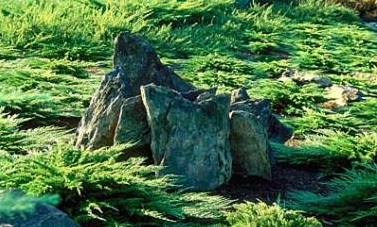Calgary Carpet Juniper Diseases

Junipers juniperus spp are needle leaved evergreens that are used in many landscapes.
Calgary carpet juniper diseases. This disease can also cause foliage on infected branches to turn. Though the plant was known even during the 18 th century not many started cultivating it till the 20 th century due to the fright of the juniper blight disease. Although blue rug is resistant to two common juniper diseases phomopsis twig blight and cedar. This is caused by cankers.
The leaves of the plant of carpet juniper are known to be toxic but were put to use in a number of homemade ointments during the olden days. Calgary carpet juniper juniperus sabina monna sku 5175. Entire branches dying back especially on larger shrubs or juniper trees may be due to twig blight. Avoid risk of cedar apple rust fungus by planting junipers that are resistant to the disease such as chinese juniper juniperus chinensis hardy in usda zones 4 through 9 or horizontal juniper juniperus horizontalis hardy in usda zones 3 through 9.
Not all the species of juniper were ideal for cultivation and out of many only 3 species of juniper were known to be resistant to blight and one of it is the calgary carpet juniper. Juniperus sabina calgary carpet. Although it has been known since the 18th century it was not cultivated widely until the 20th due toproblems with juniper blight disease. Sabina seedlings were imported by d.
They range in size from 6 to 9 inches to more than 50. Great for use as a low growing accent groundcover in mass plantings as well as great for along sidewalks. Junipers aren t typically prone to winter cold damage but they can be eaten by voles or browned by a pair of fungal blight diseases. My juniper needles are turning brown falling off.
Foliage is very bright green with a somewhat softer texture than many other low growing junipers. Calgary carpet is a very handsome juniper with bright green soft foliage year round. Very durable and cold hardy making an excellent evergreen groundcover for most any climate. To find resistant species thousands of j.


















